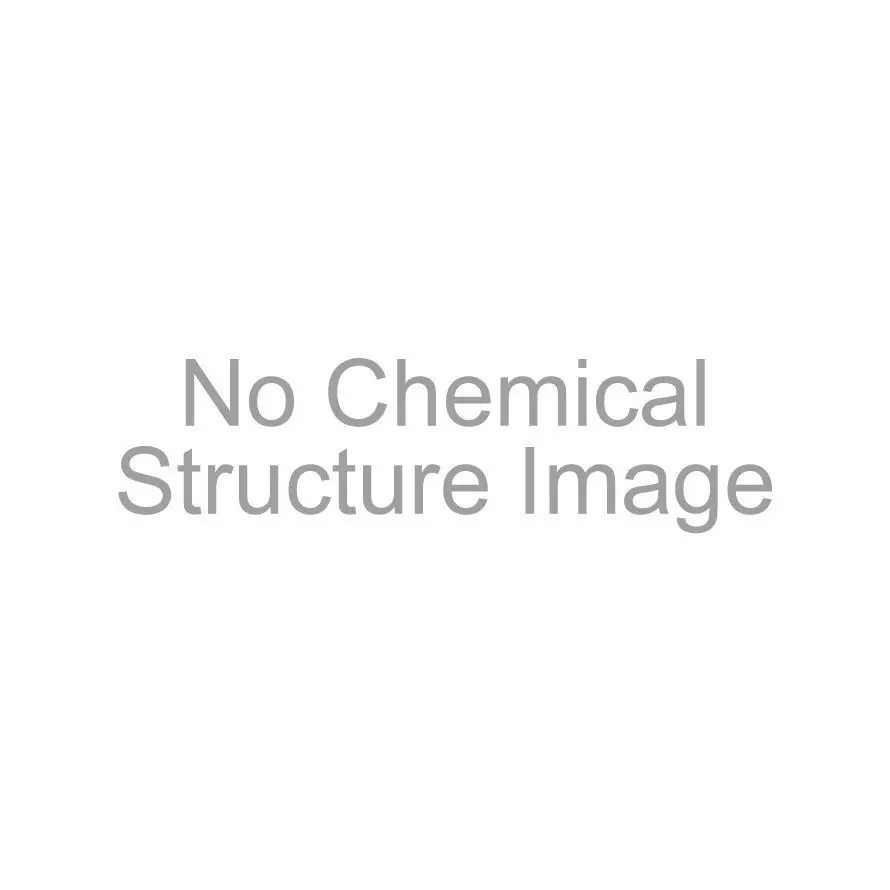Sign up for free shipping on all website orders, no minimum required, and get exclusive coupons!
Maximum quantity allowed is 999
CAS RN: 3375-31-3 | Numéro de produit: A1424
Palladium(II) Acetate

Pureté: >98.0%(T)
- Acetic Acid Palladium(II) Salt
* Les articles en stock local sont généralement expédiés le jour même de la commande. Les articles en stock au Japon peuvent être expédiés depuis un entrepôt américain dans les deux semaines suivant la commande. Pour obtenir une estimation plus précise des délais d’expédition, veuillez consulter l’outil de simulation d’expédition. Remarque : Sont exclus les articles réglementés ainsi que les articles nécessitant un envoi sous glace.
*Les articles en stock localement sont expédiés dans un délai de 1 à 2 jours. Les articles en stock au Japon peuvent être expédiés depuis un entrepôt aux Etats-Unis dans un délai de 2 semaines. Veuillez contacter TCI pour connaître les délais de livraison des articles qui ne sont pas en stock. Cela ne concerne par les articles réglementés et les articles expédiés sur carboglace.
*TCI révise régulièrement les conditions de stockage afin de les optimiser. Veuillez noter que les informations les plus récentes sur la température de stockage des produits sont disponibles sur notre site web.
| Numéro de produit | A1424 |
Pureté / Méthode d'analyse 
|
>98.0%(T) |
| Formule moléculaire / poids moléculaire | C__4H__6O__4Pd = 224.51 |
| Etat physique (20 ° C) | Solid |
Condition de stockage 
|
Room Temperature (Recommended in a cool and dark place, <15°C) |
Emballage Et Conteneur 
|
1G-Glass Bottle with Plastic Insert (Voir l'image) |
| CAS RN | 3375-31-3 |
| Numéro de registre de Reaxys | 3602276 |
| Identifiant de la substance PubChem | 87562878 |
| SDBS | 12841 |
| Indice Merck (14) | 6991 |
| Numéro MDL | MFCD00012453 |
| Appearance | Orange to Brown powder to crystal |
| Purity(Chelometric Titration) | 98.0 to 102.0 % |
| Elemental analysis(Nitrogen) | max. 3.0 % |
| NMR | confirm to structure |
| Point de fusion | 205 °C |
| Longueur d'onde maximale | 400 nm (EtOH) |
| Solubilité (soluble dans) | Acetone |
| Pictogramme |



|
| Mot de signal | Danger |
| Mentions de danger | H318 : Provoque des lésions oculaires graves. H317 : Peut provoquer une allergie cutanée. H410 : Très toxique pour les organismes aquatiques, entraîne des effets néfastes à long terme. |
| Conseils de prudence | P501 : Eliminer le contenu/ le conteneur dans une installation d'élimination des déchets agréée. P261 : Éviter de respirer les poussières. P273 : Éviter le rejet dans l'environnement. P280 : Porter des gants de protection/ un équipement de protection des yeux/ un équipement de protection du visage. null P391 : Recueillir le produit répandu. P302 + P352 : EN CAS DE CONTACT AVEC LA PEAU: Laver abondamment à l'eau et au savon. P333 + P313 : En cas d'irritation ou d'éruption cutanée: Consulter un médecin. P363 : Laver les vêtements contaminés avant réutilisation. P305 + P351 + P338 + P310 : EN CAS DE CONTACT AVEC LES YEUX: Rincer avec précaution à l'eau pendant plusieurs minutes. Enlever les lentilles de contact si la victime en porte et si elles peuvent être facilement enlevées. Continuer à rincer. Appeler immédiatement un CENTRE ANTIPOISON ou un médecin. |
| RTECS # | AJ1900000 |
| Numéro UN (DOT-AIR) | UN3077 |
| Classe d'affichage (DOT-AIR) | 9 |
| Packing Group (TCI-A) | III |
| Numéro du SH (importation) (TCI-A) | 2843.90.0000 |

Palladium(II) acetate (9.6 mg, 0.048 mmol), 1,4-benzoquinone (23.7 mg, 0.22 mmol), silver(I) carbonate (237.2 mg, 0.86 mmol) and benzo[h]quinoline (0.43 mmol) are weighed into a 20 mL scintillation vial. After adding 1,2-dichlorobenzene (3.75 mL), 125 µL of DMSO (1.45 mmol) is added. The resulting mixture is sealed with a teflon-lined cap, and vigorously stirred at 130 °C. The reaction mixture turns grey/brown upon heating. The reaction is cooled to room temperature, filtered through a plug of silica, and the silica is washed with copious AcOEt (150 mL). The filtrate is concentrated and then evaporated to dryness under high vacuum, and the resulting residue is purified by column chromatography (SiO2, AcOEt : hexane = 2 : 98) to afford the desired product as a pale yellow solid (130 mg, Y. 93%).
References
- Catalytic and highly regioselective cross-coupling of aromatic C–H substrates

References

References

A 10 mL oven-dried Schlenk tube is charged with Pd(OAc)2 (0.005 mmol), 1,3-bis(diphenylphosphino)propane (0.0075 mmol), and potassium ethyl oxalate (0.75 mmol). The tube is evacuated and backfilled with argon. Bromobenzene (0.5 mmol) and 1-methyl-2-pyrrolidone (1.0 mL), are added by syringe at room temperature. The tube is then sealed and the mixture is allowed to stir under 1 atm of argon at 150°C for 24 h (the tube is connected to the Schlenk line which is filled with argon so that CO2 can be released to air).
References
Documents
Fiche de sécurité (FDS)
La FDS demandée n'est pas disponible.
Nous contacter pour plus d'informations.
Spécifications
CoA et autres Certificats
Exemple de CoA
Un échantillon CoA pour ce produit n'est pas disponible pour le moment.
Graphiques analytiques

Le tableau analytique demandé n'est pas disponible. Nous sommes désolés pour ce désagrément.








